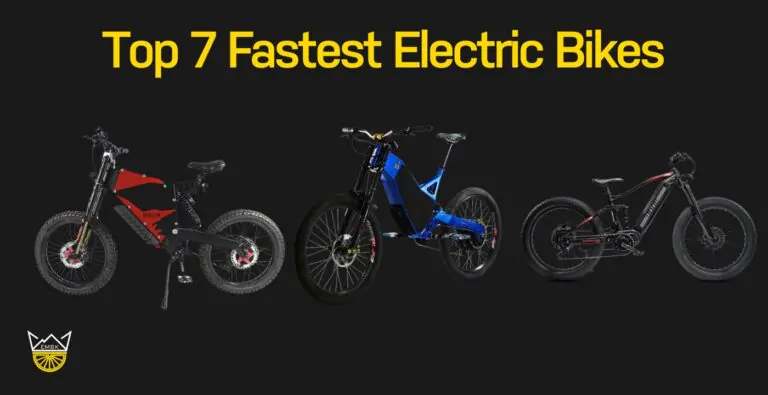Electric bikes are marvellous beasts, but unlike your standard two-wheelers, e-bikes have their added electrical components, and it takes time to know how to fix them. It isn’t quite as straightforward as whipping out an inner tube for a puncture, so having some guidance on how to fix electric bike problems is critical.
Our electric bike troubleshooting guide will cover the most common issues you might encounter to help you get your electric bike back on the road. We hope that everything is plain sailing and that you never need to use the guide, but if you do – we’re here to help.
Right, let’s get stuck in!
E-Bike Problems
Battery Issues
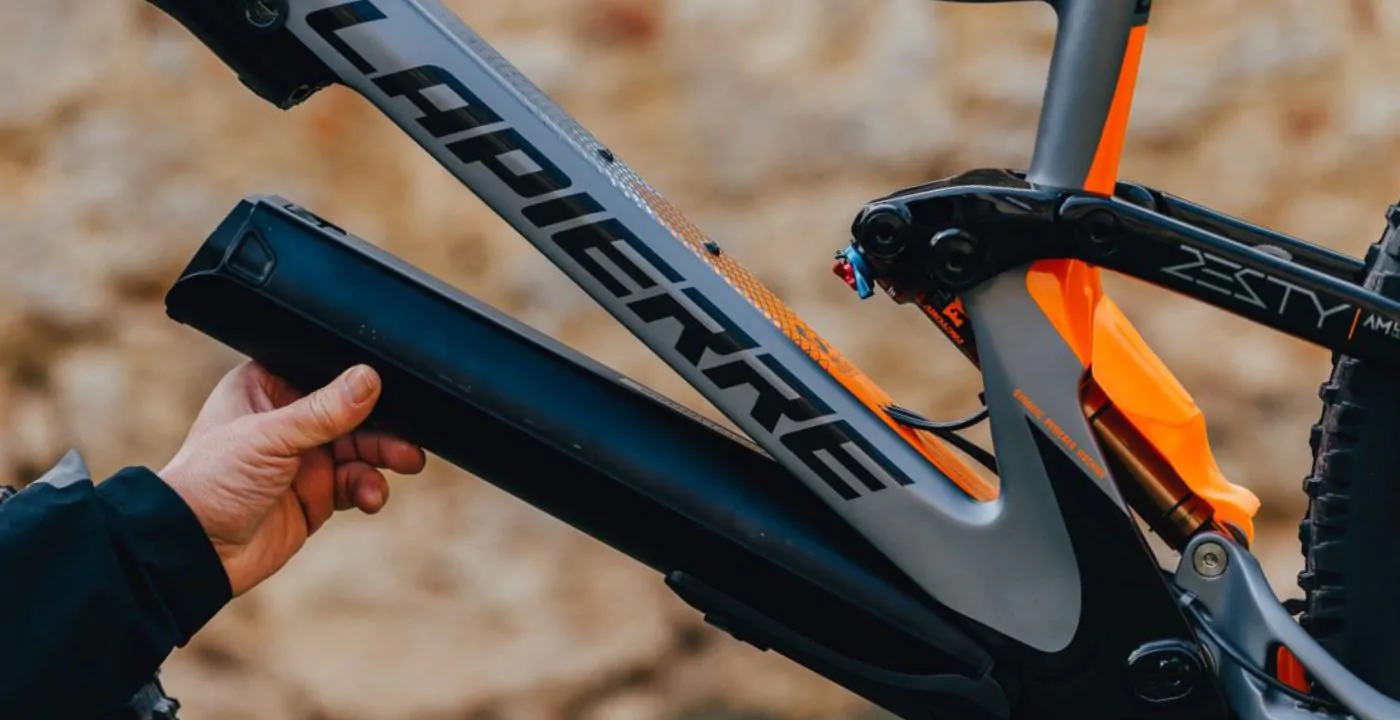
Electric bikes are marvellous beasts, but unlike your standard two-wheelers, e-bikes have their added electrical components, and it takes time to know how to fix them. It isn’t quite as straightforward as whipping out an inner tube for a puncture, so having some guidance on how to fix electric bike problems is critical.
Our electric bike troubleshooting guide will cover the most common issues you might encounter to help you get your electric bike back on the road. We hope that everything is plain sailing and that you never need to use the guide, but if you do – we’re here to help.
Right, let’s get stuck in!
Check Voltage
If the battery hasn’t charged properly, you won’t have any electric assistance on your ride, and your electric bike won’t turn on. So, look at the control panel on the e-bike and check whether the LEDs light up. If not, it either hasn’t charged properly or there could be a blown fuse.
A simple charge issue could be due to human error, but if it still isn’t working after a second charge attempt, there could be something wrong with the bike’s battery. The best way to check whether the battery is damaged is by checking the battery voltage – essentially, does it have life?
This is particularly important if you’ve left the battery uncharged for a long time – you might be lucky if it’s under six months and it could recharge successfully, but if it’s been longer than that, you might be on the road needing to find a new battery.
How to Test that an e-bike Battery Works Properly
Connect the battery to a voltmeter, attaching prongs to its positive and negative sides. If it doesn’t give you any life or dies quickly, you can assume the battery is out of action.
If it gives you a little something, place it on charge for eight hours to get it fully juiced back up. If it doesn’t work after that, it’s likely to be broken and you’ll need a new one. Overcharging is also an issue; if you leave it plugged in for long stretches – usually 12 hours or more – it can cause real problems, so be mindful of how long you have it plugged in.
Is Your Charger Broken?
This is an obvious one – just like checking the chargers for many electrical goods – plug it into the wall and see whether the charger lights up. If not, then you have a charger problem.
To check whether it’s kaput, plug in your voltmeter again, but this time into the charger. You’re looking for a volt output higher than the stated voltage on the charger. If you don’t get a reading or it’s very low, your charger has probably died.
Is Your Battery Charging OK, But Struggling Whilst Out Riding?
Ok, so your charger is working, your battery is charging fine, but it’s playing up while out riding – cutting out or draining more quickly than you would expect. Quite rightly, you’ll be wondering why exactly your electric bike stopped working.
This could be because of a problem with the battery management system, which sometimes feels like it’s overloaded or draining too quickly. This happens when one of the battery cells is failing or has already failed completely; it can be down to an old battery running out of life, overcharging or a manufacturing issue.
If this is happening with a new e-bike, then we’d recommend taking it back to the shop. If it’s an older e-bike, then be kind to it, reduce the level of electric assistance on those really chunky climbs or tricky stretches to ensure that it doesn’t overload.
Batteries age like humans and, as such, they have a lifespan – if this overloading/draining continues to happen with your older e-bike battery, then it’s time to invest in a new battery.
Additional Battery and Charge Checks
If your battery is charging ok, but it isn’t working on the bike, then it could be an issue with the charger port – where the battery meets the bike. A good way to test out whether this is the case is to put your battery pack onto someone else’s bike; if it works, then it could be a connection issue.
This one is a bit of a pain and may need the charger port replaced or taken into your local ebike shop to be rewired.
How Long Will an Electric Bike Battery Last Before Needing to be Replaced?
The typical length a battery should last is between 3 and 5 years, but that all really depends on how well maintained the battery is. It will naturally lose its full capacity over time, but if you don’t maintain it well, then that will speed up the process.
Keeping it cool is important to prevent overheating. It’s also important that you don’t ever leave a battery on 0% charge for a long period of time. This can cause problems when trying to get it going again. It’s best to leave it between 80% and 40% if you’re not going to be out riding or charging for a long while.
Make sure you are charging above freezing, too, as you may encounter problems if you charge below that temperature.
Brake Motor Issues
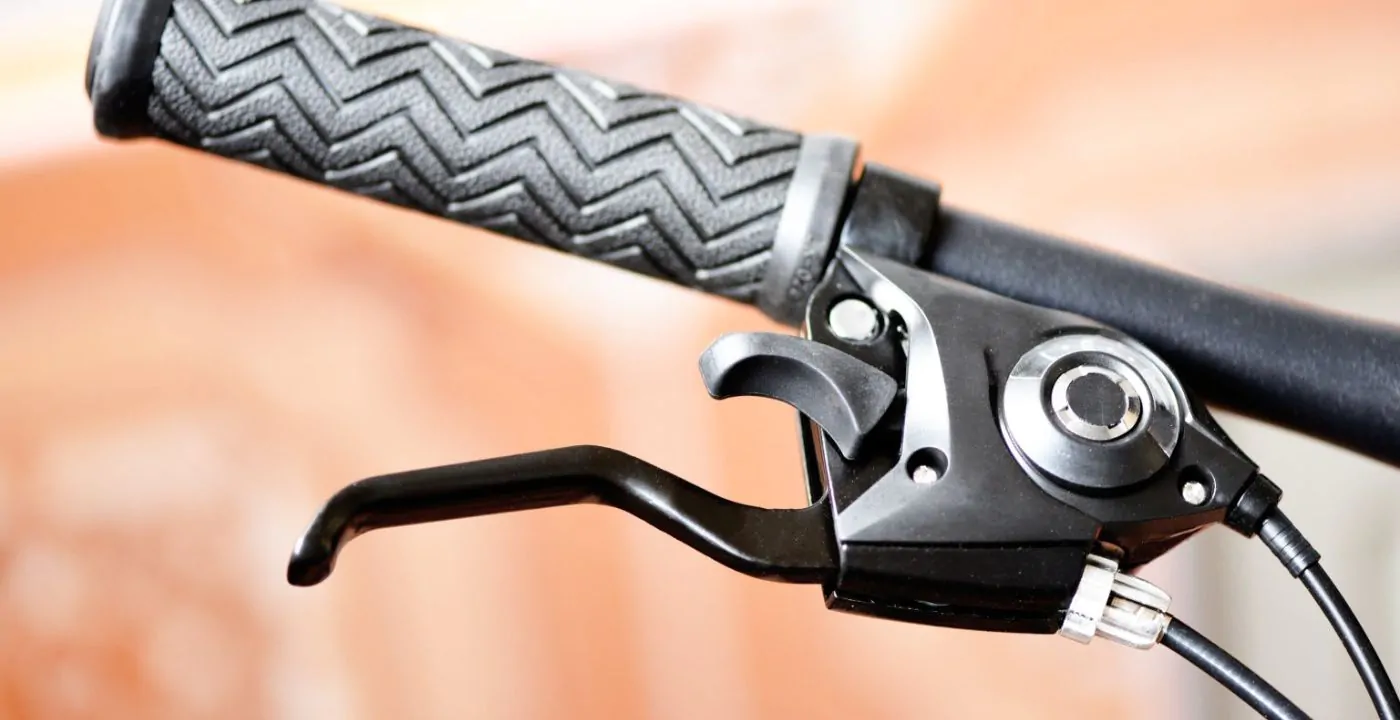
Naturally, when out riding we can sometimes go down while on a tricky trail and issues with the brake motor inhibitor can often stem from impact damage.
So, the first thing to do is check your handlebars and brake levers for signs of damage. A brake pulled back, due to impact damage, will jam the motor suppressor and force it to stay open. To get your e-bike on the road again, you’ll need to fix that brake lever.
If you’ve really over-cooked it, then you may have actually broken the inhibitor switch, itself, and unfortunately, that requires a trip to the bike shop.
If the brakes are playing up, then double check your brake pads. Are they worn or broken? If so, it’s time to get some new ones in pronto.
If they look in tidy condition, still, but they aren’t working as you’d expect, then you just need to adjust the brake cable to ensure they pinch the tyre nicely when activated. Make sure, though, that they aren’t touching the rim when not activated, or you’ll feel like you’re cycling through cement!
Keeping on top of your brakes is important on any bike, but when you have an electric boost it’s particularly important and can be dangerous if they aren’t working properly.
Controller Issues
The controller is essentially the brain of your e-bike; it’s what sends signals out to all the electrical components. A problem with the controller can lead to your electric bike motor cutting out or not performing as it should.
So, the first thing you need to do is check whether the controller has any wiring issues – are any loose or disconnected?
If there are any that are disconnected, then all you have to do is simply reconnect them to where they should be. On most e-bikes this is straightforward and colour-coded. It’s also worth checking whether the fuse is still working in the controller as it’s possible for them to blow. Fortunately, a fuse replacement is simple.
A more serious issue could be a problem with the circuit breaker; you can reset this, but if it continues to happen then it could signify a larger problem, and at that point it’s time to take it to the shop.
E-Bike Throttle Problems
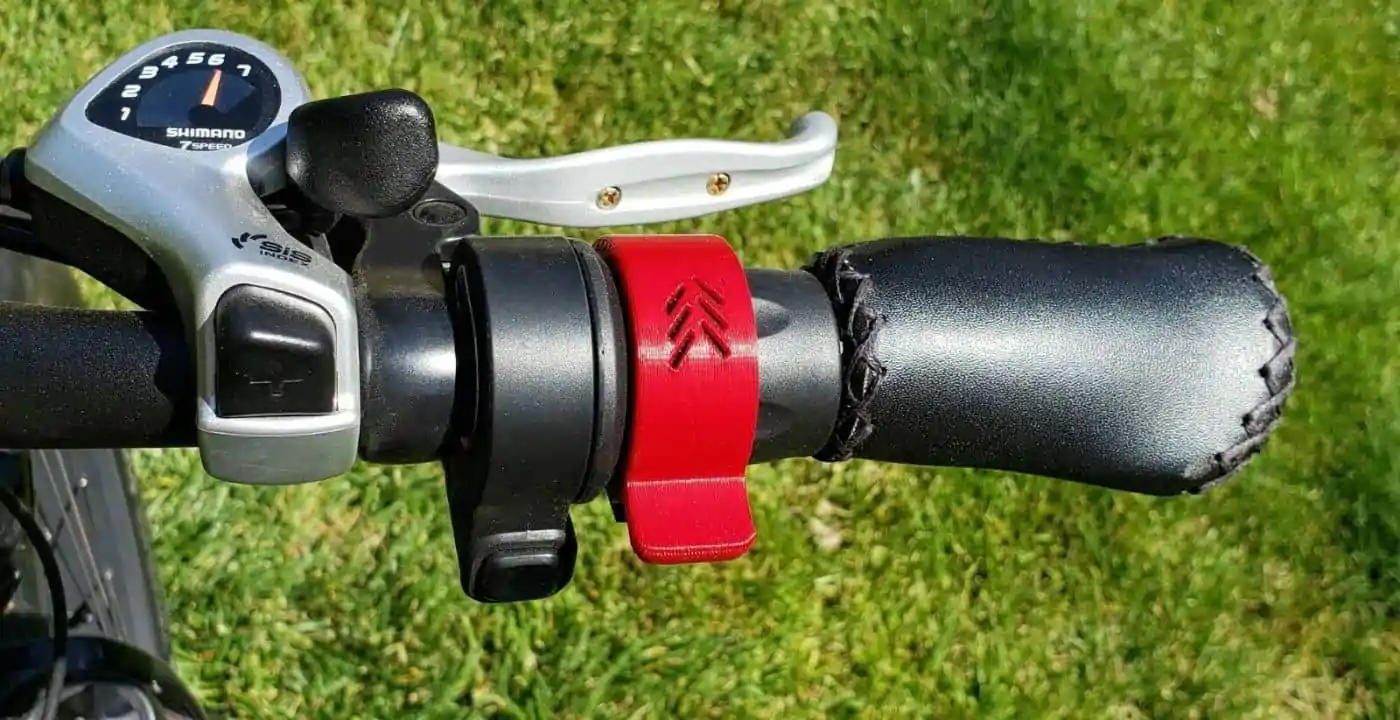
Many e-bikes come with a throttle, this is a control on your handlebars which can make you go faster or slower. A common problem is where the throttle gets stuck open and won’t return to its natural, off position – this is particularly common if you are hammering it regularly.
The bike protects itself in these circumstances and the electric supply is sometimes cut off. Be gentle with it and ease it back slowly. If it’s stuck in the on position, twist it back into its natural position, slowly and gently, and this should help release it. If it’s a continual problem, you might need to replace the throttle completely.
Pedal Assist Issues
A common problem with e-bikes is where the electric assistance feels like it isn’t catching properly, is pulsating or cuts in and out randomly. This is to do with the electric signals to the wheels, so pedal assist troubleshooting is important.
We know that ebike riders play around with their set up from time to time, but making tweaks to your ride can cause issues to your e-bike power supply, particularly around the wheels, pedals and sprockets, etc. So, make sure to be careful with what you’re doing down there.
Another issue could be to do with the magnets on the front sprocket (which emit the electric supply) being damaged, out of alignment or simply clogged up. Give them a check, a clean and then try again. If you notice they aren’t aligned properly, then you can adjust them using a screwdriver, moving them close to the sensors.
If you’re still suffering from pedal assist problems, then it’s best to take it to a bike shop.
Motor Connection Issues
Many problems with electric bikes can be down to loose wires – there are many in the electrical components and bouncing around on the trails can cause them to come loose or become damaged. This is a particularly common problem with the rear hub motor. The area can take a lot of impact while out riding. So, if you aren’t getting the electrical assistance you’re expecting, then check all the connections to the rear hub motor.
Overheating can be a problem, too. This can be caused by overuse or poor usage, which will overheat the wire ends and make them melt. Be careful here because if this keeps happening you could cause real problems for the whole bike, damaging both the motor and the controller. If you spot signs of overheating, then it’s best you take your bike into the shop and get those wires replaced.
Other Potential Issues
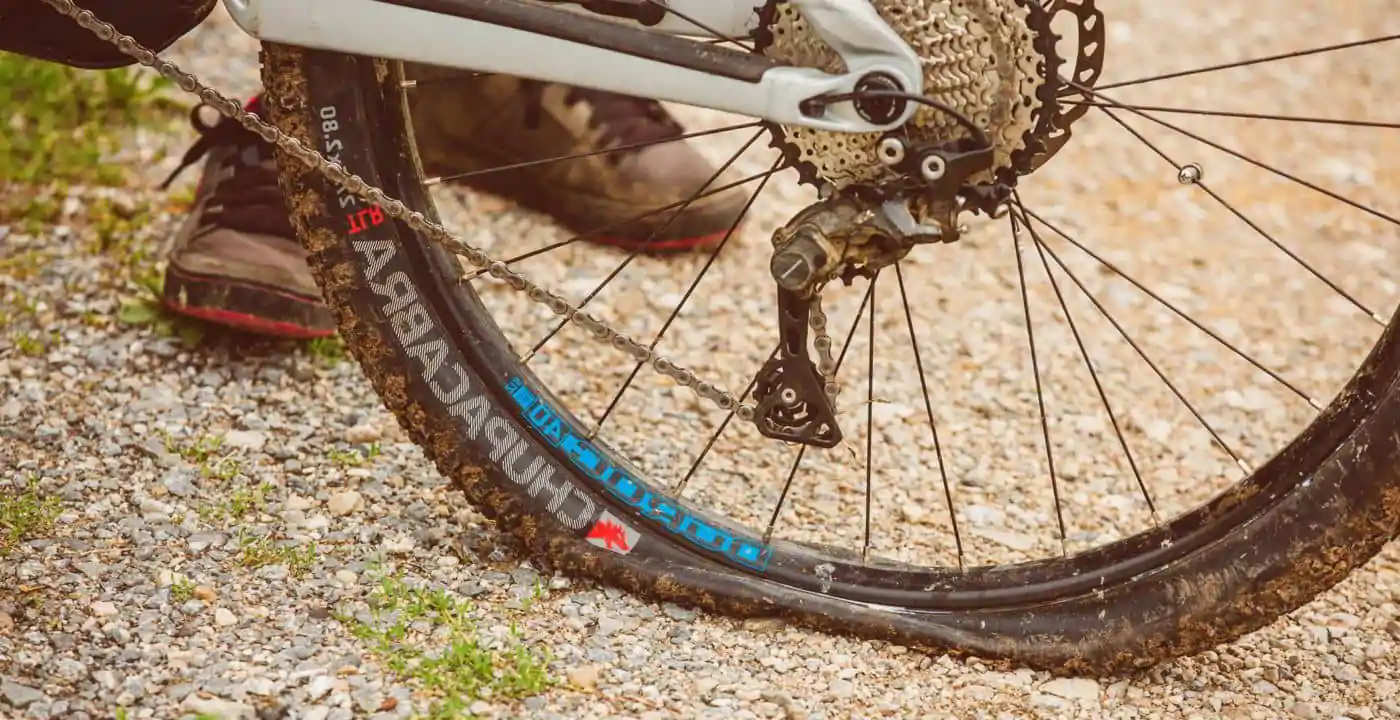
As with all bikes, punctures can occur with e-bikes, too. If you’re consistently getting punctures, then it could be that you have the wrong tyres on your e-bike. E-bikes often need chunkier, more durable tyres to be able to cope with the extra weight from the battery, heavier frame and motor. So, wherever you’re able, go for e-bike specific tyres to ensure you keep punctures to a minimum.
How to fix a puncture:
- Take the affected wheel off the bike.
- Take its tyre off the rim using tyre levers.
- Replace the inner tube.
- Place a new inner tube inside the rim.
- Place the tyre back over its rim (again, using tyre levers).
- Put the wheel back on the bike.
And you’re done!
Final Thoughts
There you have it, our comprehensive electric bike troubleshooting guide.
Electric bikes are complicated pieces of kit, and there are a lot of components working in unison to power you up those hills and give you assistance on those long rides. Knowing what to watch out for and how to maintain those important pieces of equipment is key, so that your electric bike lives as long a life as possible, and so that you don’t encounter frequent problems.
We’ve covered everything you need to know about your electric bike, so you can seamlessly get back on the road again should you ever encounter any problems. Now get out there and get riding. If you want to find out more about how electric mountain bikes work, then why not check out our post on it here?



